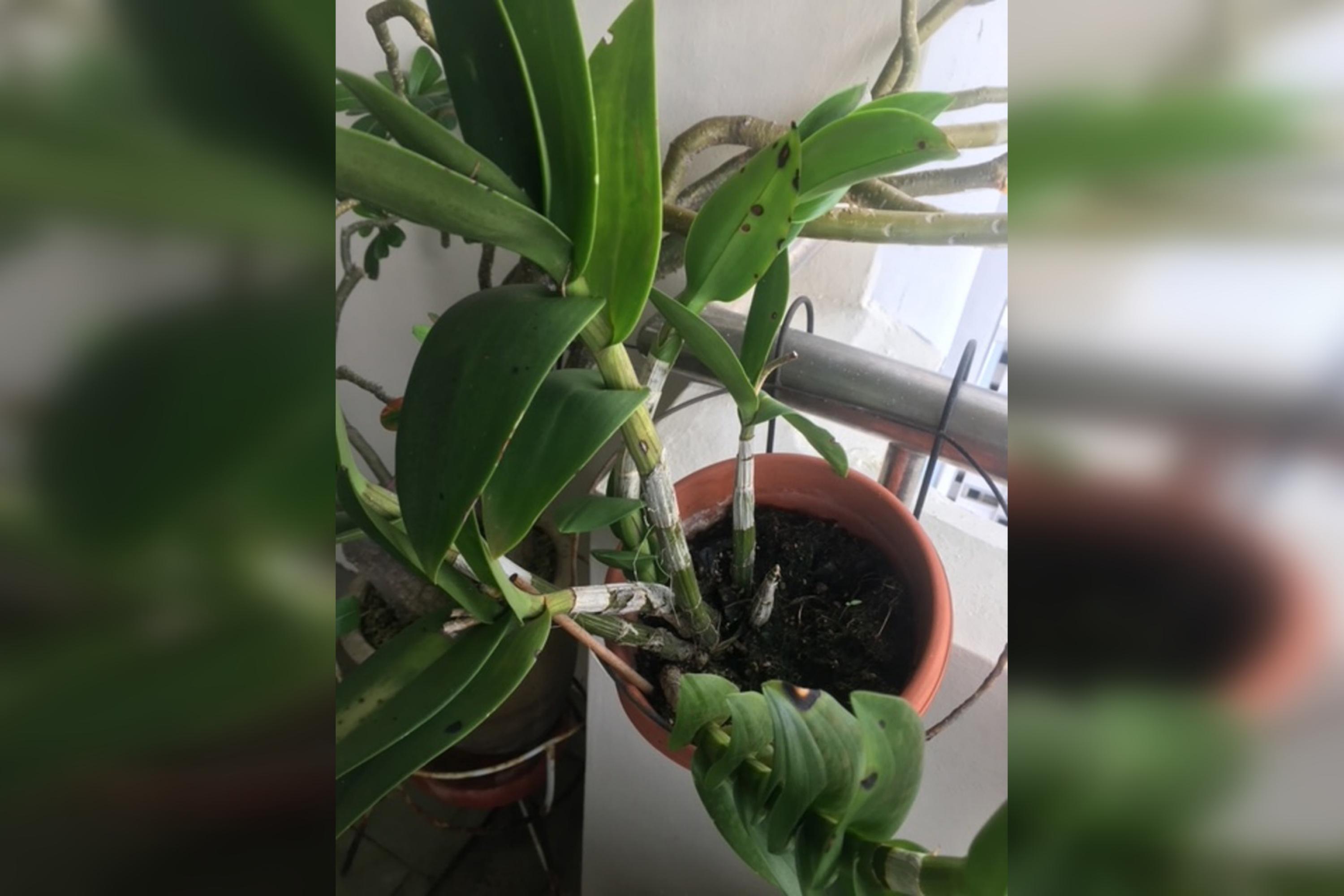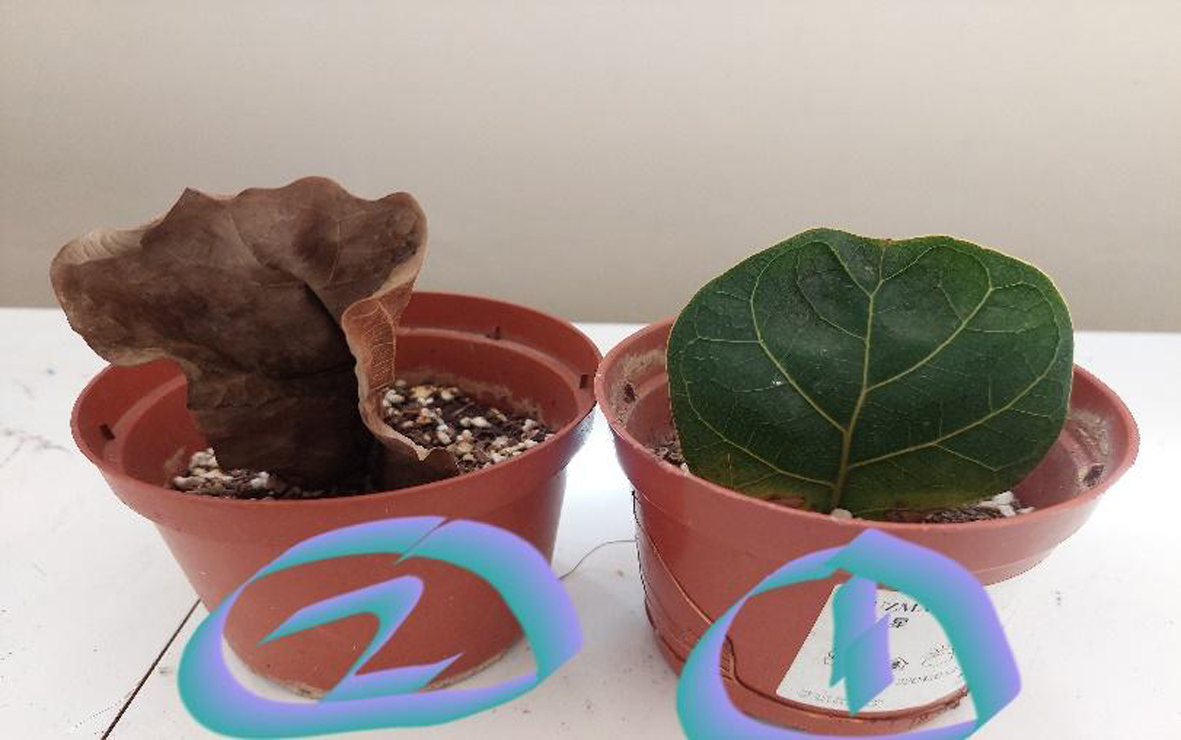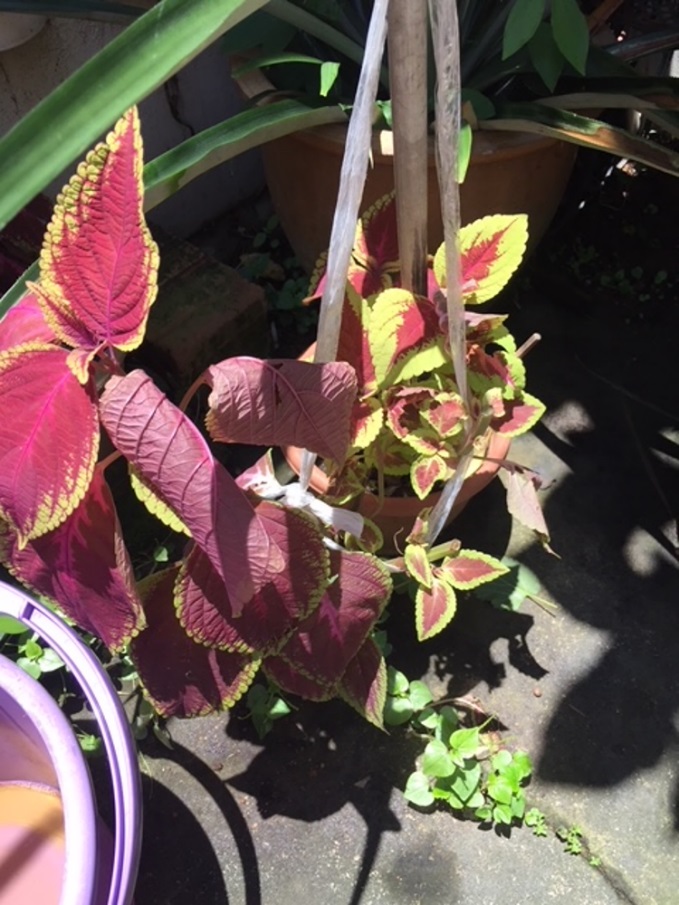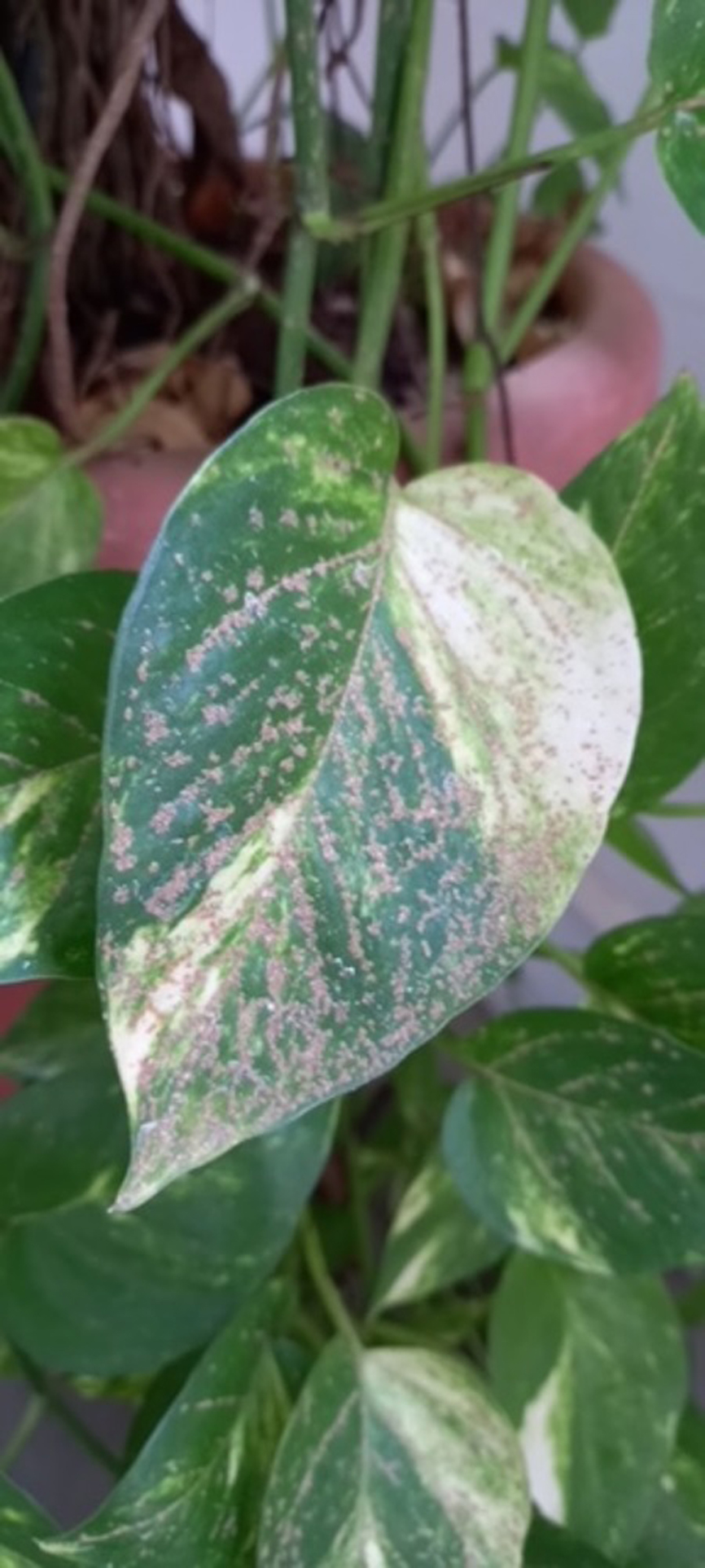Root Awakening: Diseased Dendrobium orchid, elephant ear plant and more
Sign up now: Get ST's newsletters delivered to your inbox

The Dendrobium hybrid is an epiphytic orchid.
PHOTO: LEONG TUCK SUM
Follow topic:
Dendrobium orchid infected with disease
My orchid plant has black spots on its leaves. What is the problem?
Leong Tuck Sum
Your orchid is a Dendrobium hybrid, which is an epiphytic orchid. It appears that it has been planted in a growing medium which is not ideal. Such orchids should be potted in an airy mix consisting of charcoal chips.
The black spots could be due to fungal or bacterial disease. To reduce the likelihood of disease, grow the plant in an area with good light and air circulation. If it is a fungal disease, spraying plants with a preventive fungicide, which can be bought at nurseries, can help. Avoid damaging the leaves, through handling or exposing them to heavy rain.
Propagate Fiddle-leaf Fig through air-layering

root11-ol - FIDDLE-LEAF FIG - Tay Soon Ann
PHOTO: Tay Soon Ann
I have a mature ficus lyrata plant. I cut some leaves and grew them in water. After about two weeks, roots grew and I repotted them. They grew well at first, but the leaves turned brown after two months with no sign of new shoots. What happened?
Tay Soon Ann
The leaf-cutting method of propagation is not likely to work. For any cutting to produce new growth, it is necessary to take a node which contains a dormant growing point. In your plant, also known as the fiddle-leaf fig, you can find a node at the "V" segment where the leaf and stem meet.
Your leaf cutting was likely not taken with such a node, so growth is not likely. The most common and reliable method of propagating this species is air-layering. This method involves removing a ring of bark from a branch and wrapping it with moist sphagnum moss or coco peat in a plastic bag. The roots will form over time and the branch can be cut and potted separately.
Elephant ear plant infested with spider mites

root11-ol - ELEPHANT EAR PLANT - Henry Koh
PHOTO: Henry Koh
My elephant ear plant was growing well initially, but the leaves started to turn whitish a few weeks back. What is wrong?
Henry Koh
The elephant ear plant (Alocasia macrorrhizos) is likely infested with spider mites, which are sap-sucking pests. They are prevalent in plants that are under some form of stress.
The elephant ear plant generally does not fare well indoors where the air is dry. It is not an indoor plant. It grows best in a moist, humid location outdoors and can adapt to direct sunlight once its water needs are met.
You need to change the growing conditions. To manage the pest problem, prune infested leaves. Some gardeners use a moist cloth to wipe away the pests. Summer oil can also be sprayed at repeated intervals to keep pest levels low. Note that thorough pesticide coverage is required on all parts of the plant.
Coleus retains foliage colours better under direct sunlight

root11-ol - COLEUS - Serene Lee
PHOTO: SERENE LEE
I have a few pots of this plant, which I placed in a shady area. Initially, they were all dark red. Lately, however, most of the leaves have shrunk and turned green. Can you explain why?
Serene Lee S.K.
The plant is commonly called the coleus. Its botanical name is Coleus scutellarioides and there are many cultivars with differing leaf sizes, colours and shapes.
This plant does not grow well in the shade - it will become weak and lanky, and foliage colours will fade. The coleus should be planted in a spot which gets at least six hours of direct sunlight a day, though some cultivars may fare better under filtered sunlight.
Ensure that you keep up with the plants' water needs, as they wilt quickly under sunny conditions. They should also not be grown with constant wet feet, which may cause them to rot.
Money plant infested with scale insects

root11-ol - MONEY PLANT - Geetha Kamala Kanthan
PHOTO: Geetha Kamala Kanthan
My family has had this money plant for about 30 years. Lately, many of the vines have dried out and the older leaves have dry brown "spots". We water the plant daily and mist it with peppermint-infused water once every two weeks to prevent infestations. Does the plant need repotting or is there an infestation? It sits in a Housing Board corridor and previously thrived in the same location.
Geetha Kamala Kanthan
Your money plant (Epipremnum aureum) is badly infested with scale insects, a type of sap-sucking pest. Over time, it may weaken and deteriorate. Peppermint water is not likely to be effective in dealing with the pests.
The plant will grow better in a spot which gets four to six hours of filtered sunlight. A lack of light can make plants more prone to pests and diseases.
To manage the pests, prune the plant and use a soft toothbrush to remove as many scale insects as you can. You can then spray the plant with summer oil, which is an environment-friendly pesticide commonly sold in local nurseries. It works by suffocating the pests, so thorough coverage of the plant is required. Repeated applications may be needed to eradicate subsequent generations of the pests.
Older plants may be bare in parts. You can train new vines to grow over such areas to conceal them.
- Answers by Dr Wilson Wong, an NParks-certified practising horticulturist, parks manager and ISA-certified arborist. He is the founder of Green Culture Singapore and an adjunct assistant professor (Food Science & Technology) at the National University of Singapore.
- Have a gardening query? E-mail it with clear, high-resolution pictures of at least 1MB, if any, and your full name to stlife@sph.com.sg. We reserve the right to edit and reject questions.

